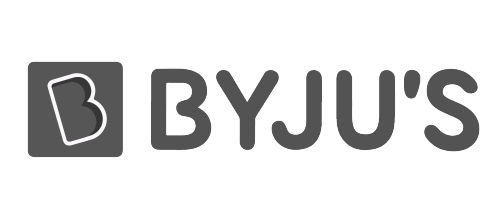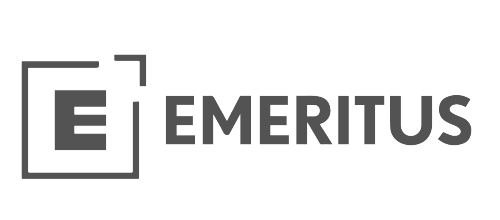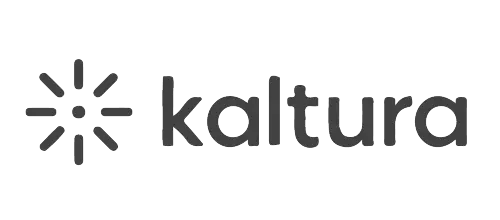Transcribe Your Academic Recordings Online
You can even translate your transcriptions into multiple languages. When you're done, you can edit your recording using our video editor; no need to use a third-party app or pay for manual transcription services. You can download a copy of your transcription in TXT format.





















Automatic Online Transcription Software
With Wavel AI, you don't need to pay expensive transcription professionals to transcribe your audio or video recordings for your university. Auto transcribe in one click! No need to install plugins or software.
Fast, Affordable, And Easy To Use
Wavel AI's university transcription tool is affordable for all your transcription needs. It's designed for speed, accuracy, and ease of use. Simply record your university lecture, interview, or lessons and auto-transcribe in one click!
Transcription For Your University Podcasts
Creating and keeping a transcript is beneficial for your university's lectures, meetings, and interviews and can also be used for university podcasts. Keep a record of what was said in your show and create a keyword/topic searchability for users & listeners.
How To Transcribe Automatically:



Education Is The Passport To The Future
Students and faculty rely on Wavel AI for transcription, from lectures to thesis interviews. Whether for better accessibility or to write that 36-page research paper, we rely on conveying the correct information at the right time. We use advanced computer algorithms to transcribe and organize both audio and files. Easily search, edit, share, and cite key research insights.
Wavel AI is used by students all over the world. While fast, affordable, automated transcription is critical to their studies, many students revel in Wavel AI's ability to organize and assimilate spoken-word data.
A Complete Set Of Class Notes
Thousands of students have discovered the power of Wavel AI to help take transcribed lectures, research interviews, and group study sessions. We know it's only sometimes possible to get to every class, so accessing a lecture's transcripts (and video/audio) is indispensable for catching up on what you might have missed.
Tag Key Themes
Getting all the critical data from your classes or research is incredibly easy once you have a transcript. There are better solutions than manually transcribing or taking messy notes. That's why Wavel AI makes transcription easy and affordable for students. Once you have your transcript, you can use Wavel AI's tagging feature, which allows you to tag key data points so they're assimilated and aggregated. Deriving insights is a breeze now that your data is easily retrieved with a few clicks.
Transcription For In-Depth Interviews And Research
If you are in the Social Sciences, Ethnography, Anthropology, Sociology, or Psychology, you'll undoubtedly be doing in-depth interviews with your research. With Wavel AI, you can focus on assimilating key data points and synthesizing information rather than spending time transcribing. Wavel AI allows you to make notes right in the online transcript to annotate specific parts for easy discovery later. Searching for critical details of your interviews has always been challenging.
Wavel AI makes it easy to transcribe legacy courses to text in minutes. Edit and export transcripts to course creation software like Adobe Captivate and Teachable.
Wavel AI transcribes over twenty foreign languages, which is excellent for researchers that are doing international research.
What Is Special About Wavel 's AI-Powered Transcription Process, And How Does It Work?
Professionals, students, and media organizations have access to Wavel's dual power of artificial and human intelligence. These combined efforts assist Wavel in achieving its 99% transcript accuracy goal, which is essential for many businesses.
Wavel has its own AI-based ASR (automatic speech recognition) system that, when put to use, can generate transcripts in real time. Its live capability guarantees that individuals with various disabilities or life circumstances—including students, employers, and viewers—have equal access to content and the opportunity to interact with their peers.
The fact that the transcripts produced by Wavel's AI are actionable gives them additional differentiation. These transcripts have interactive features that allow users to take notes, highlight specific passages, and perform real-time keyword searches.
These AI-powered transcripts yield solid enough results to start being used independently if speed is of the essence. Yet, Wavel can and does advise supplementing AI with human fact-checkers. These human editors can alter transcripts as they are being created by the ASR machine in real time. Wavel can meet ADA requirements for academic contexts or achieve its targeted 99% accuracy rates because of this dual procedure.
Moreover, Wavel's transcribing service learns from each client interaction to deliver ever-improving accuracy. The computer can be trained to recognize a speaker's voice or to distinguish between various agents. With practice, it can also pick up on subtleties and rapid cadences. Users can also input intricate terms into the device.
Additionally, users can upload complex terminology into the machine before using it to help train it. For example, a biology professor can upload materials from the textbook into Wavel 's ASR machine so the technology learns the terms the professor will likely reference in lectures and transcribe them correctly when they are mentioned.
The ability to upload massive amounts of information into an AI-powered machine to produce transcripts truly sets Wavel and other AI-powered solutions apart from transcriptions generated by humans alone. Since we're only human, we would take more time to internalize complex terminology and materials or experience more difficulty identifying speakers. However, humans are still a critical part of the process and utilizing them to edit the information produced by AI is always the recommended strategy.


